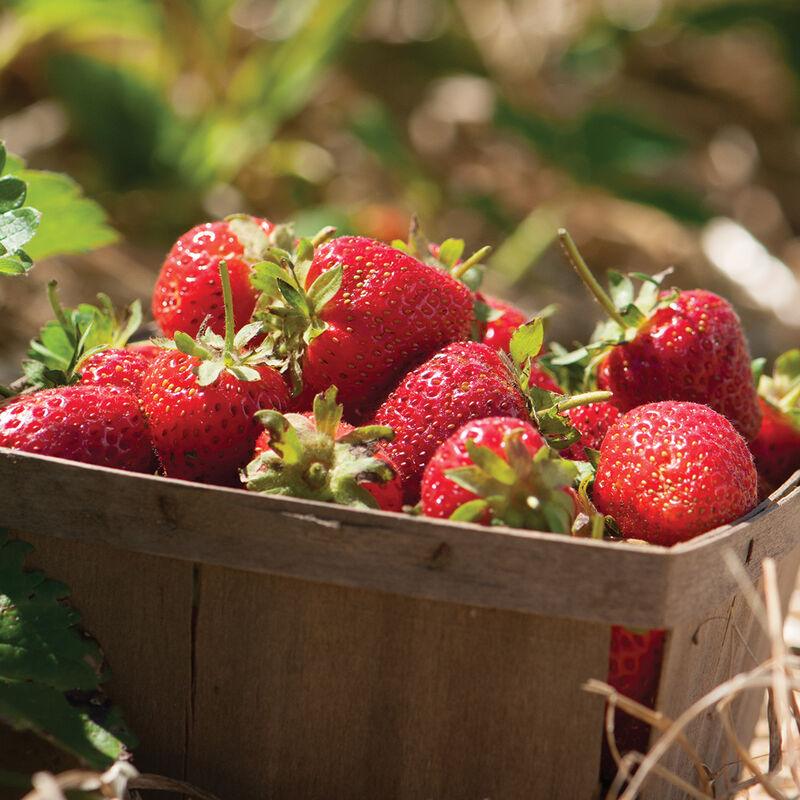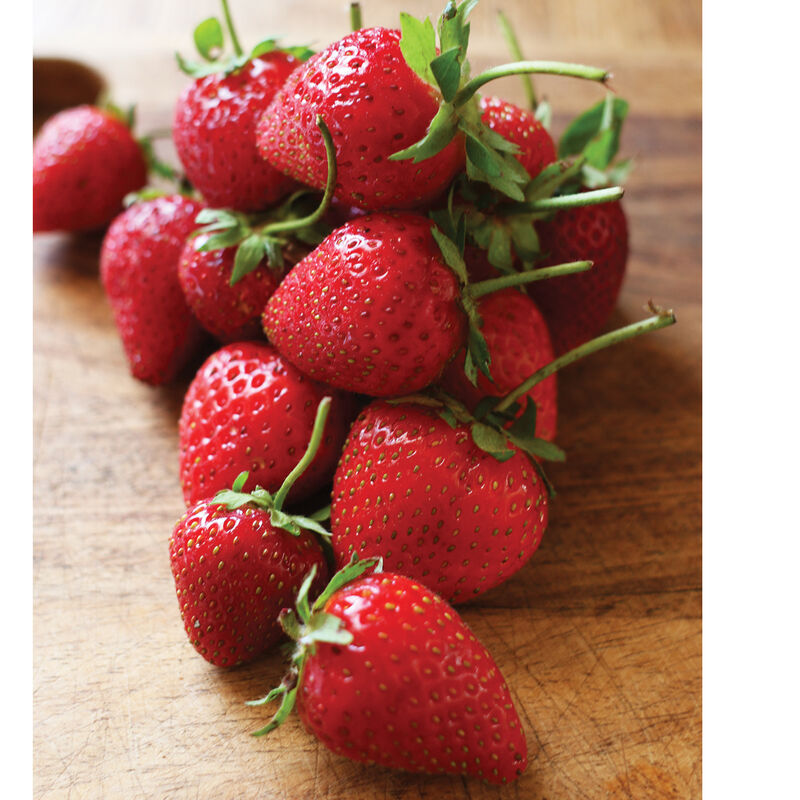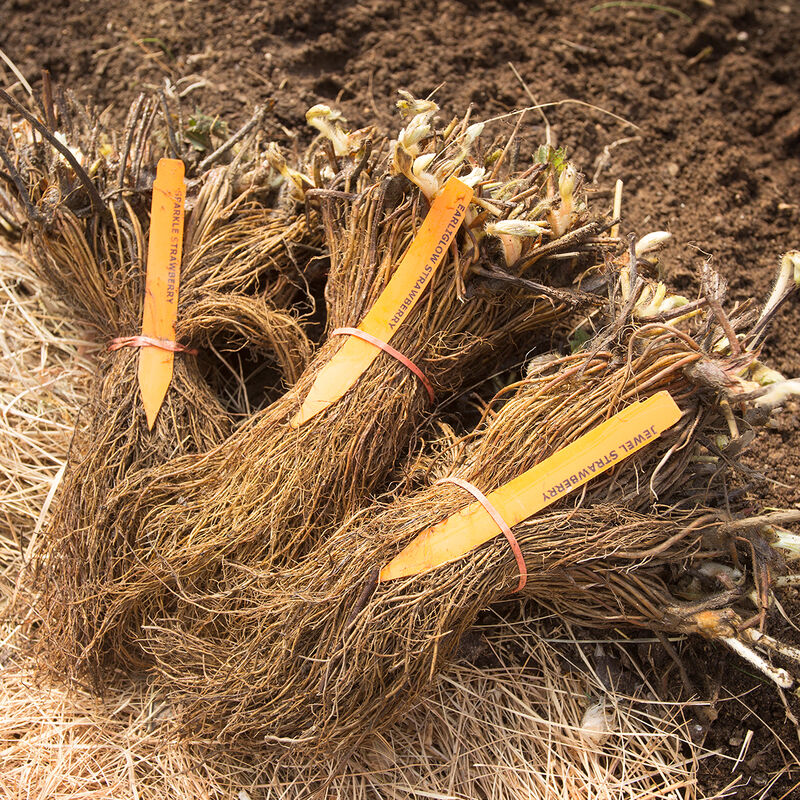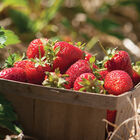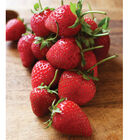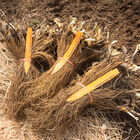Strawberry Plant Collection
Strawberry Plant Collection
Exclusive! Collection of three varieties for an extended harvest.
Selected for being easy to grow and providing a long harvest window. Collection includes 1 bunch (25 plants) each of Earliglow (early season), Jewel (midseason), and Sparkle (mid-to-late season). Varieties produce fruit in their second year and can be harvested through the June-bearing or summer-fruiting season. Grows best in Zones 3–8. Please check individual varieties for specific zone information. Varieties are subject to change depending upon availability.
- This product does not ship to Canada.
- This product does not ship to the following countries: United Arab Emirates, Austria, Australia, Barbados, Belgium, Bulgaria, Bermuda, Bahamas, Switzerland, Cyprus, Czech Republic, Germany, Denmark, Estonia, Spain, Finland, France, United Kingdom, Greece, Hong Kong, Croatia, Hungary, Ireland, Iceland, Italy, Japan, Republic of Korea, Kuwait, Cayman Islands, Lithuania, Luxembourg, Latvia, Malta, Netherlands, Norway, New Zealand, Oman, Poland, Portugal, Qatar, Romania, Saudi Arabia, Sweden, Singapore, Slovenia, Slovakia, San Marino, Thailand, Trinidad and Tobago, Taiwan, Ukraine.
- This product does not ship to the following states and jurisdictions: AA, AE, AP, AS, FM, GU, MH, MP, PR, PW, VI.
This item’s size, weight, or shape may require an additional shipping surcharge based on the shipping location selected. Specific charges will be displayed during checkout.
This perishable item ships weekly from March through early June, starting in the South. Add item to cart and enter your shipping zip code to select from a list of available ship dates for your plant hardiness zone. If you wish to choose a ship date earlier than the recommended dates you must place your order by phone (1-877-564-6697). Physical address required for delivery (no PO Boxes).
SCIENTIFIC NAME:
Fragaria spp.CULTURE:
Strawberries prefer a sunny to partially shaded location and moist, well-drained soil, richly fertilized with compost or aged manure, and a pH between 6.5-6.8. Prepare beds the previous fall or in early spring to get good control over perennial weeds.PLANTING:
Space plants 12-18" apart in rows 3-4' apart. Set plants with the roots straight down into the soil, making sure the middle of the crown is level with the top of the soil. Irrigate and keep free of weeds. Mulch with straw in late fall when plants have started to go dormant to moderate freeze/thaw cycles and heaving. Pull mulch aside in spring when plants start to grow. Leave the mulch in the footpaths to keep the fruit clean and help suppress weeds.HARVEST:
Begin the second spring and for 3-5 years thereafter. Renovate the beds immediately after the last harvest each year, starting in year 2. See our strawberry production guide #8862 for detailed instructions.NOTES:
Encourage the plant to put its energy into becoming established by removing all the flower buds during the first year of growth. As the plant becomes established, the runners will set small daughter plants. Press 2 or 3 daughter plants per main plant into the soil in mid- to late July to fill in your rows or beds. Allowing any more of the small plants to take root will cause the bed to become too crowded. To prevent this, cut off any additional runners that form during the season.SPECS:
100 plants/100' row, or 14,520 plants/acre at 12" spacing, rows 3' apart.Johnny's is committed to your success, every step of the way.
We want you, our customer, to be 100% satisfied with all of our seeds, tools, and supplies.
If anything you purchase from us proves unsatisfactory, we will either replace the item or refund the purchase price.


